China’s EV Industry Fights to Stay Above Break-Even, Shifting From Price Wars to Technology
Input
Changed
China’s EV Sector Draws a Line in the Sand
Recognition of the Limits of Pure Price Competition Grows
From Discount Strategies to a Focus on Innovation
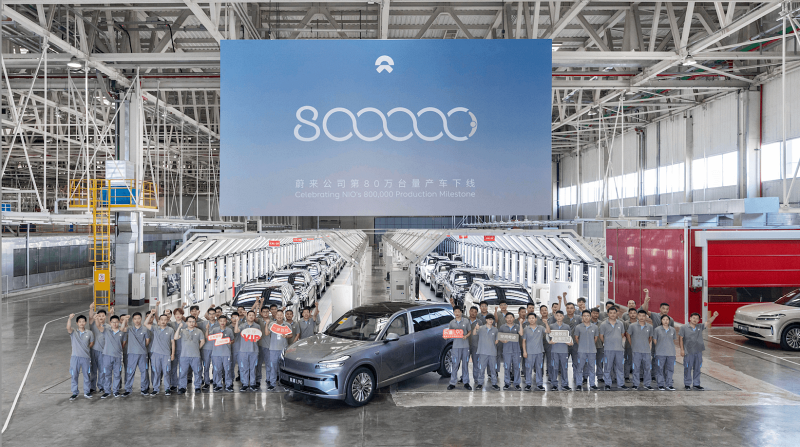
China’s electric vehicle industry is waging an all-out battle to hit break-even this year, leaning heavily on steep price cuts. With government attempts to curb oversupply through production caps and restructuring showing little effect, leading automakers are now concluding that survival cannot hinge solely on discounts. Instead, they are channeling investment into innovation, attempting to retool their business models. Global rivals, meanwhile, see the accelerating pace of Chinese technological advances as a new threat—suggesting that the industry’s future will be defined less by price than by technology.
Government Curbs Deliver Little Relief
According to the South China Morning Post on August 4, Shanghai-based startup Nio posted a second-quarter loss of about $699 million, a 26 percent improvement from the prior quarter. CEO William Li acknowledged, “It’s significant that we narrowed losses, but to achieve our break-even goal this year we must deliver 50,000 vehicles per month”—twice the firm’s second-quarter volume.
Other players including Xpeng and Zeekr also reported narrower losses. Xpeng cut its quarterly deficit by two-thirds to about $67.2 million, while Zeekr posted a loss of about $40.2 million, an 88 percent improvement. Yet analysts warn these gains rest largely on aggressive discounting. Average EV discounts in China eased slightly from 17.4 percent in June to 16.7 percent in July, but remain historically steep.
In June, Beijing introduced production curbs requiring automakers to pay suppliers within 60 days. The policy was designed to prevent financially fragile firms from ramping up production, thereby easing oversupply. But by August, only three firms had complied. Some critics even caution that such curbs could weaken incentives for innovation, arguing that much of China’s EV progress has stemmed from cutthroat competition.
Meanwhile, foreign manufacturers are also being dragged into the price war. Tesla recently cut the price of its newly launched Model 3 Long Range RWD from about $37,760 to about $36,960, a reduction of $800. The move followed sluggish sales: insurance registration data showed Tesla’s first-half sales in China fell 6.3 percent year-on-year. U.S. trade publication Electrek warned that if sales continue at this pace, Tesla could swing back into losses in China by 2026.
Betting on Ultra-Fast Charging and Battery Innovation
Within China, there is growing recognition that relentless price cuts cannot ensure sustainable growth. True financial improvement, analysts argue, requires building technology-driven models where vehicles command full value. Charging infrastructure and battery efficiency are emerging as decisive variables. Automakers are thus pivoting toward ultra-fast charging, high-efficiency batteries, and differentiated innovations.
At the Shanghai Auto Show in April, battery giant CATL unveiled its second-generation Shenxing pack, capable of powering 520 km of range on a five-minute charge, stunning global audiences. Around the same time, BYD introduced a battery that can deliver 470 km after five minutes of charging. Huawei announced its heavy-truck charging system, reaching 90 percent capacity in 15 minutes, had entered commercialization. The Wall Street Journal reported, “China is years ahead of the U.S. in EV technology,” underscoring the impression that Chinese firms are establishing technological dominance both at home and abroad.
China’s tech push is also extending across borders. In India, local battery producers are partnering with Chinese counterparts in areas such as solid-state batteries, thermal management, and lifespan extension. The arrangement combines India’s vast domestic market and low-cost manufacturing with China’s advanced technology and stable supply chains.
This strategy is not merely about technology transfer—it is part of a long-term plan to extend China’s battery ecosystem across Asia. By leveraging innovation, Beijing aims to set global standards while simultaneously diversifying supply chains and expanding markets. Analysts see this as an effort to shed China’s “low-cost” label and reframe its EV industry as a tech-led challenger with the potential to reshape global competition.
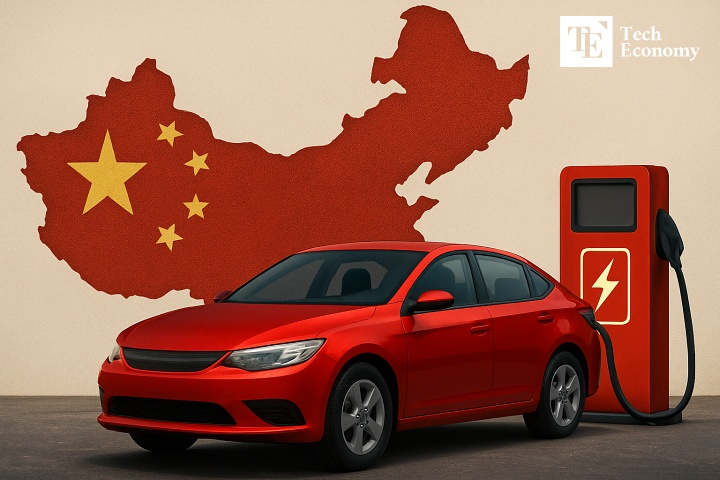
From Cost Competitiveness to Technological Superiority
Global automakers increasingly cite Chinese technology as the greater threat. Rivian CEO RJ Scaringe said on his podcast, “If Chinese EVs enter the U.S., the threat won’t be price—it will be technology. The Xiaomi SU7 is as refined as a Porsche.” From in-car digital ecosystems to rapid product cycles and luxury-grade fit-and-finish, Chinese EVs are now exerting pressure on legacy brands. Ford CEO Jim Farley likewise admitted, “Chinese EVs are far ahead in vehicle technology,” pledging to accelerate new platform development.
Underlying this shift is the so-called “smart device on wheels” strategy. By treating EVs as software-centric electronics rather than mere transport, Chinese firms integrate vehicles with home devices, push new functions via over-the-air (OTA) updates, and release new models at rapid intervals to boost consumer loyalty. Where once low labor costs and government subsidies drove competitiveness, today product integration and electronic ecosystems are emerging as China’s core advantages.
The ripple effects are spreading across industries. When BYD internalized its mold-making operations, Japanese machine-tool makers saw a surge in orders. According to the Japan Machine Tool Builders’ Association, orders from China reached about $710 million from January to July, the highest in a decade, even as U.S. and European demand fell more than 20 percent. Analysts interpret this as evidence that Chinese EV makers are advancing beyond assembly into precision tooling and high-grade component production.
Taken together, these trends suggest China’s EV sector is transitioning from a low-cost strategy to a high-value industry. With cutting-edge platforms and capital-intensive upgrades, the global competitive landscape is being rapidly redrawn. As Scaringe put it, “The real threat from Chinese EVs comes not from price, but from technology. It’s only a matter of time before they try to set global standards.”


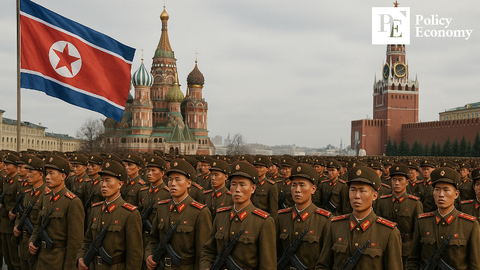
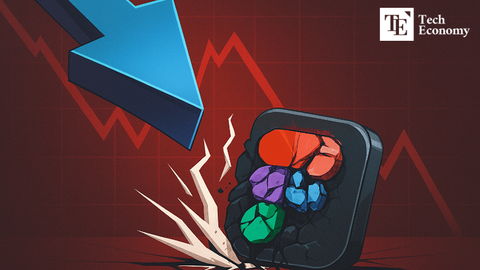

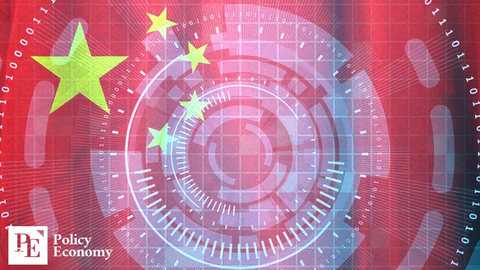

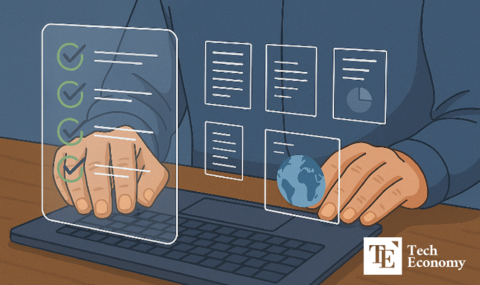
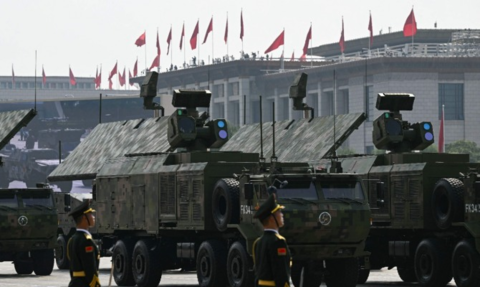
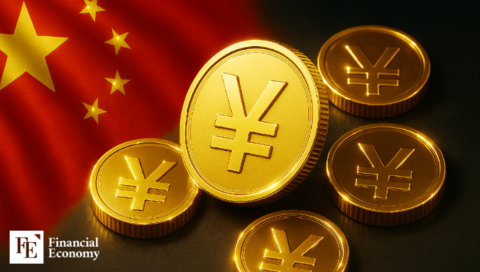












Comment